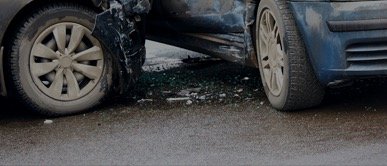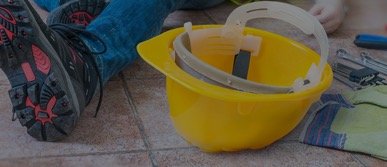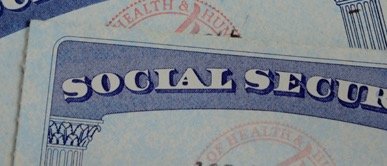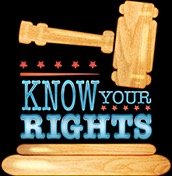Different Ways of Showing a Property owner is Liable for Your Accident
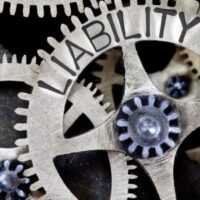
Whenever someone falls on or is injured while on someone else’s property, the legal analysis asks whether or not the property owner acted the way that a diligent and reasonable person would have acted. That is, whether an ordinary property owner, exercising due care, would have made the premises safe.
That’s generally how almost every liability case involving a fall, or any injury on someone else’s property, is analyzed for liability.
But there are also other ways to prove that a property owner was liable and negligent, and that the property owner created, or allowed to exist, a condition on the property that made it inherently dangerous.
Industry Standards
Many businesses where injuries occur, are specialized businesses, in specific industries. Imagine, for example, someone who may be a crime victim in a parking lot, or someone who may have been injured on a construction site, when a passing car injures them.
Liability can often be proven, by showing that the property owner did not follow safety standards and guidelines, in that specific industry.
These industry standards may not be actual, written laws. They may just be well known safety standards, known by all in the industry, and uniformly followed by all other businesses in that same field or industry.
Building Codes
When we are injured on someone else’s property, it may be because of the physical condition of that property. For example, a stairwell handrail may be loose, or at an improper height. A roof may collapse (even partially), or other structural weaknesses may cause injury. Perhaps a step up or down is improper and thus, dangerous.
These all have to do with building codes. While building codes aren’t always laws intended to protect others, violation of building codes can often be used to demonstrate that a property owner was negligent. And many property owners do make modifications to property, or alterations, without ever checking to see if they are in compliance with applicable building codes.
Laws, Statutes, Rules and Codes
Anytime there is a law or statute in place that the property owner breaks, and doing so in some way causes an injury, that can be used to show negligence—that’s called negligence per se.
Many industries, such as the trucking industry, are heavily related with a myriad of laws and codes and rules, and breaking any of them is almost like “automatic negligence” against the Defendant.
It doesn’t matter that the property owner did or did not exercise due care. It doesn’t matter whether the injury was foreseeable to the property owner. All that matters is that a law was broken. And by law, that can also include any of the thousands of administrative code rules, federal code, or other rules and regulations, many of which are very specific to a given industry.
Our injury attorneys can help you if you were injured on someone else’s property. Call the Tampa personal injury lawyers at Barbas, Nunez, Sanders, Butler & Hovsepian to schedule a consultation today.
Source:
law.cornell.edu/wex/negligence_per_se

